.
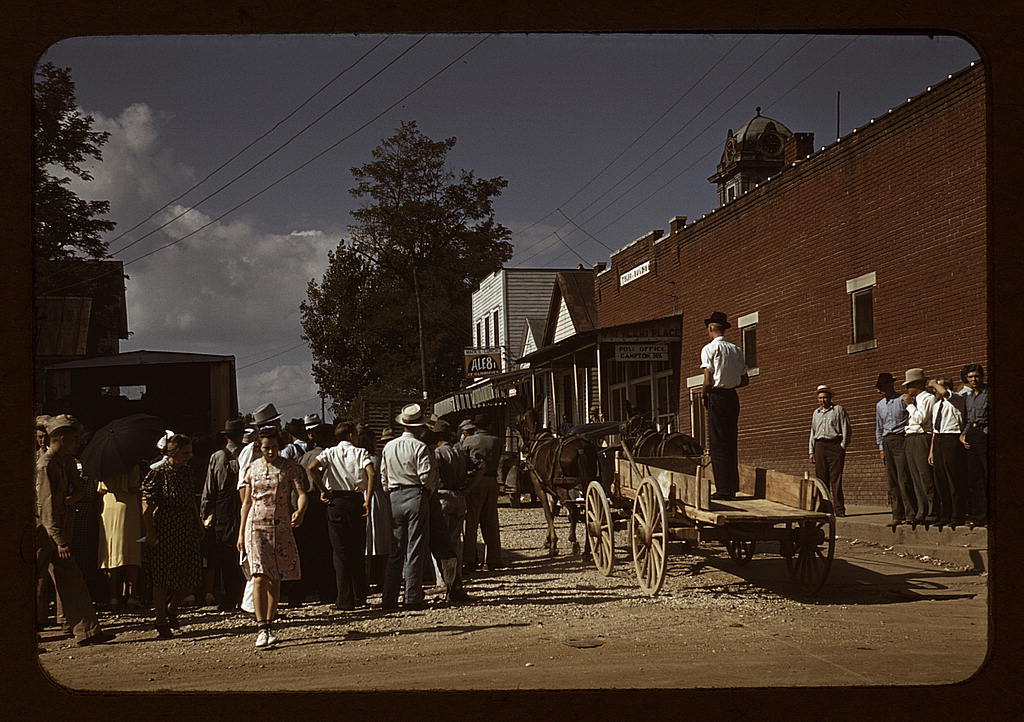
Farmers and townspeople in center of town on Court Day, Campton, Wolfe County, Kentucky: photo by Marion Post Wolcott, September 1940 (Farm Security Administration/Office of War Information Collection, Library of Congress)
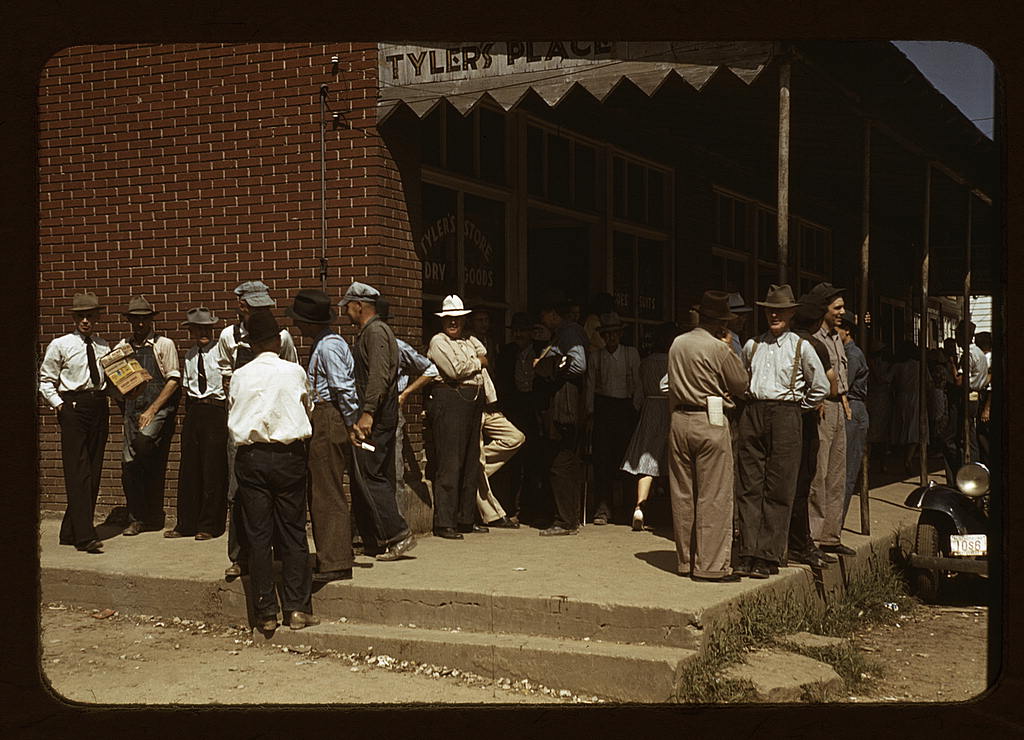
Farmers and townspeople in center of town on Court Day, Campton, Wolfe County, Kentucky: photo by Marion Post Wolcott, September 1940 (Farm Security Administration/Office of War Information Collection, Library of Congress)
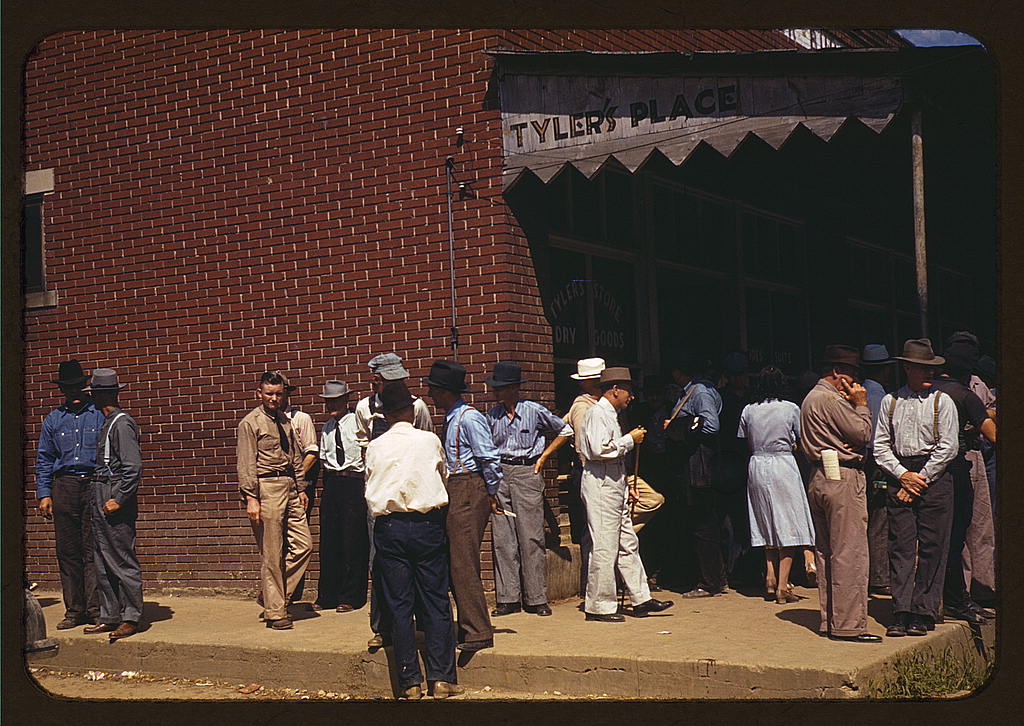
Farmers and townspeople in center of town on Court Day, Campton, Wolfe County, Kentucky: photo by Marion Post Wolcott, September 1940 (Farm Security Administration/Office of War Information Collection, Library of Congress)

Mountaineers and farmers trading mules and horses on "Jockey Street," near the Court House, Campton, Wolfe County, Kentucky: photo by Marion Post Wolcott, September 1940 (Farm Security Administration/Office of War Information Collection, Library of Congress)
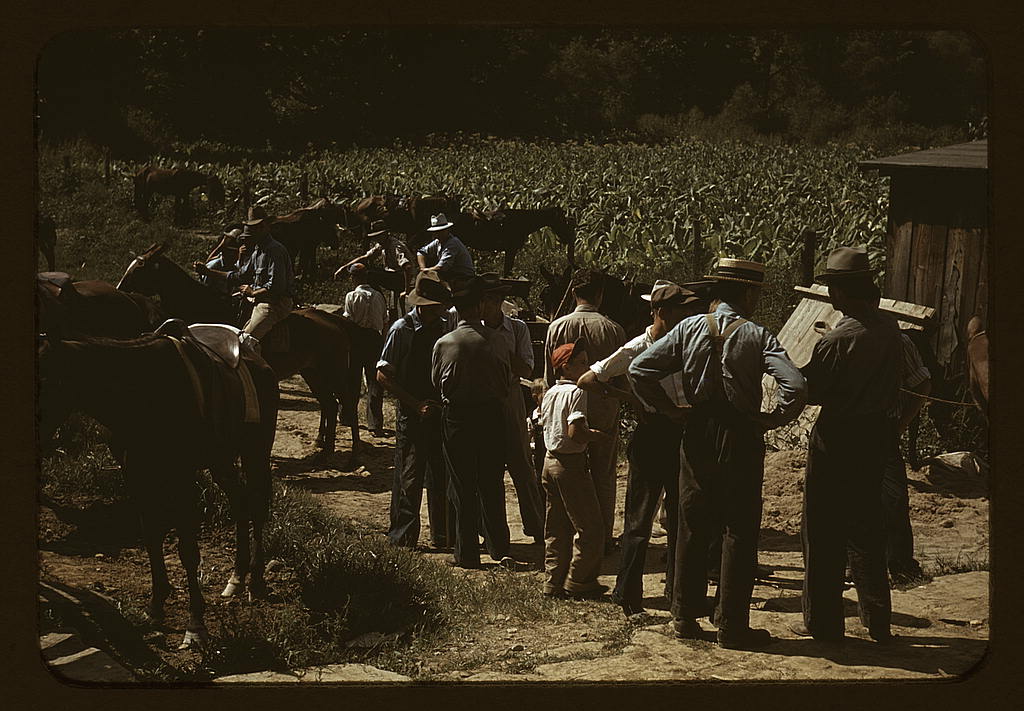
Mountaineers and farmers trading mules and horses on "Jockey Street," near the Court House, Campton, Wolfe County, Kentucky: photo by Marion Post Wolcott, September 1940 (Farm Security Administration/Office of War Information Collection, Library of Congress)
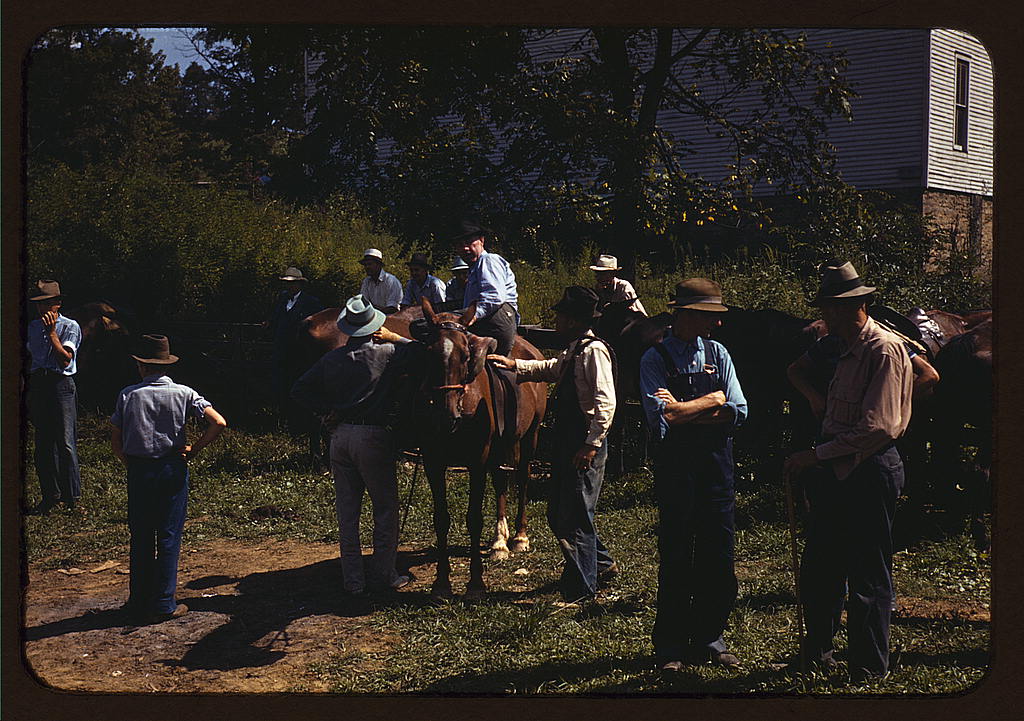
Mountaineers and farmers trading mules and horses on "Jockey Street," near the Court House, Campton, Wolfe County, Kentucky: photo by Marion Post Wolcott, September 1940 (Farm Security Administration/Office of War Information Collection, Library of Congress)
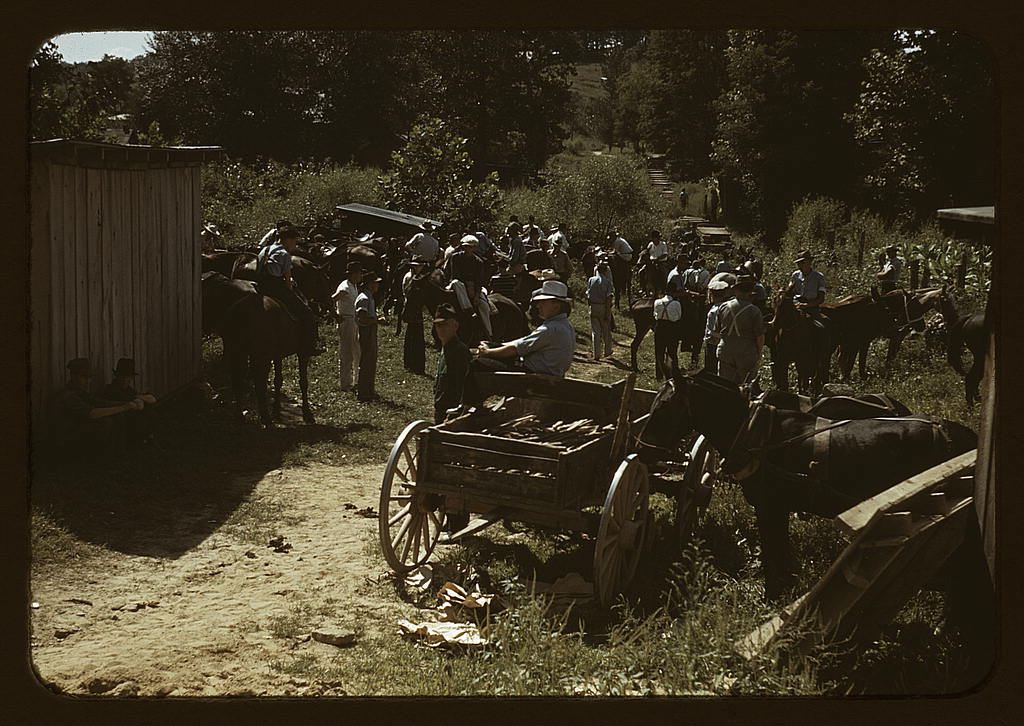
Mountaineers and farmers trading mules and horses on "Jockey Street," near the Court House, Campton, Wolfe County, Kentucky: photo by Marion Post Wolcott, September 1940 (Farm Security Administration/Office of War Information Collection, Library of Congress)
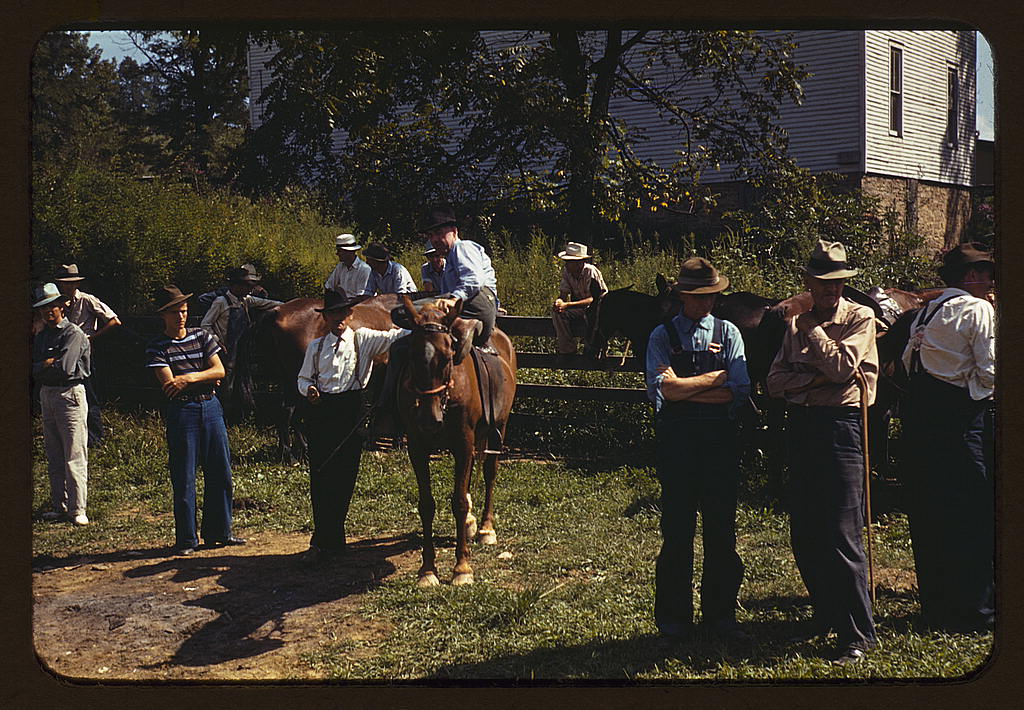
Mountaineers and farmers trading mules and horses on "Jockey Street," near the Court House, Campton, Wolfe County, Kentucky: photo by Marion Post Wolcott, September 1940 (Farm Security Administration/Office of War Information Collection, Library of Congress)

Mountaineers and farmers trading mules and horses on "Jockey Street," near the Court House, Campton, Wolfe County, Kentucky: photo by Marion Post Wolcott, September 1940 (Farm Security Administration/Office of War Information Collection, Library of Congress)
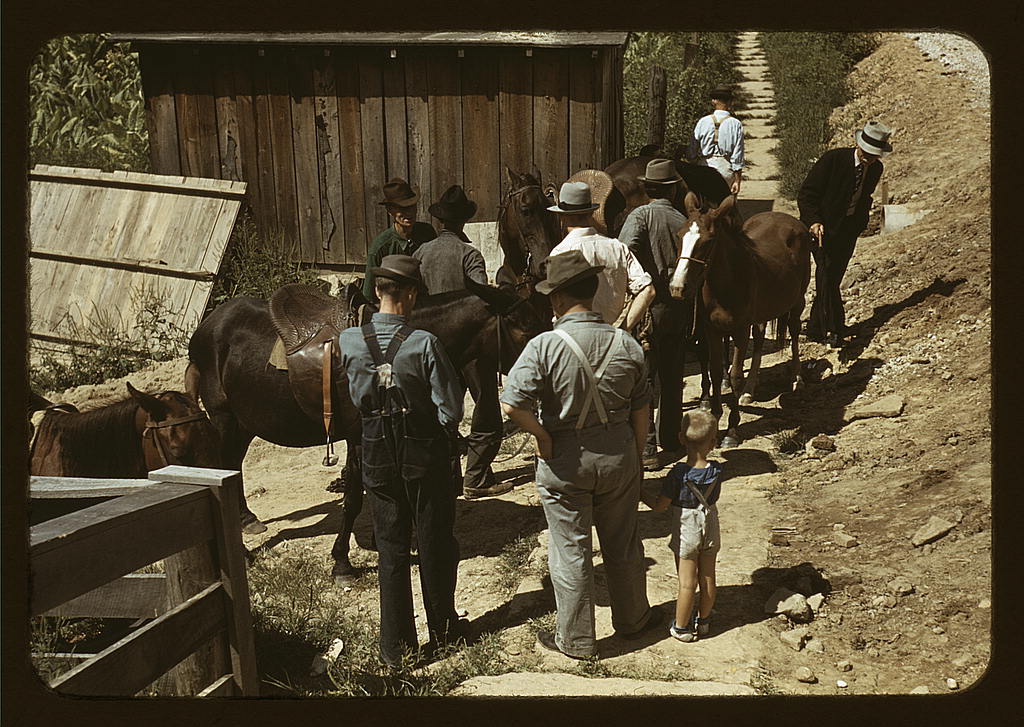
Mountaineers and farmers trading mules and horses on "Jockey Street," near the Court House, Campton, Wolfe County, Kentucky: photo by Marion Post Wolcott, September 1940 (Farm Security Administration/Office of War Information Collection, Library of Congress)



6 comments:
Is there some relation here to your "scheduled investigative demolition project"? Sounds like that too could involve horse trading and court days
About Tyler's Store: what are Dry Goods? Are there Wet Goods as well?
well
"wet goods are wet" (like meats, lettuce, potatoes, food 'stuff', pickled pigs feet, etc) USUALLY CALLED a GROCERY STORE
and dry goods are dry (like bolts of cloth, needles, thread, nails, shoes, hats, bonnets, boot-black, horse shoe tacks, etc)
just watch Little House of the Prairie they frequently go into town to The Dry Goods Store..
these new-fangled "grocery stores" now sell everything ...and mostly either phony fish (called 'farm raised) or made-in-China underwear
or The Rifleman
One can feel the warm from the sun in this photographs.
Yes, that wondrous warm quality of light here really bathes these scenes in a kind of historic ambience. Spengler said brown is the historical colour. Or could it be sepia, or gold?
The present sixth-from-bottom shot is a bit dark and shadowy. AJP Crown has very generously done the photo a favour by photoshopping some brightness into it. Blogger has characteristically thrown up a gauntlet of technical barriers that have unfortunately prevented me from posting the brightened shot.
Will Marion rest easier now, or will the ground lie lighter upon her, I thought, as I attempted to post the brightened shot.
Strictly academic, as it turns out.
The terrific collaboration of Eastman Kodachrome with these FSA photographers, though... what a gift.
And for a woman to step into the environments that MPW tackled, no small achievement in her day. She was one of a half dozen woman photographers on the FSA staff. But she was the only one of them to brave the tobacco-spittin', tanned-neck male world of the South. I give her credit for being one tough cookie as well as a great photographer.
Since first posting this, I have added another shot, the present sixth-from-bottom. There is a static element in this whole series, a lot of standing around and sizing things up and letting the time pass as the deals are struck, there, on Court Day.
So I've tried to bring that out a bit more.
Meanwhile, thanks for the good comments everybody, and especially to Ed for delivering the straight lowdown on Dry Goods stores. Which I guess both he and I remember all too well.
(Well, I don't remember this particular Dry Goods store, Tyler's... but then I was 500 miles away, on this particular day, and still a fetus. Just resting, one might say.)
More to the point...here's a very useful oral history interview with Marion Post Wolcott by Richard Doud.
PS. Vincent, as you ask, and while we're speaking of history, the investigative demolition has now revealed that the historical colour of dry rot has entirely inveigled itself not only into the underpinnings of the collapsed front steps, but, it seems, has perhaps advanced as far as the earth's core.
I notice that in this series photos the one visible indicator of Marion Post's Wolcott's employer -- that is, the government -- is that WPA sign on the shed.
Where is the WPA now that we need it again, I esk you.
Thank you, Ed. It sounds like what I would call a haberdashers. I had thought dry goods were powdery, cleaning equipment & that sort of thing, but of course much of that is liquid.
Thanks for the interview, Tom. I was quite interested to hear that they all thought of it as propaganda, I assume she meant WW2 war propaganda.
I'm sorry the blog-picture thing is so bureaucratic. I was also interested to hear MPW say that they never printed their own pictures; in other words that means there was no editing or cropping of an image.
Under the WPA sign, in a nice juxtaposition, is a notice pasted across a car windshield saying "Jesus saves".
Post a Comment